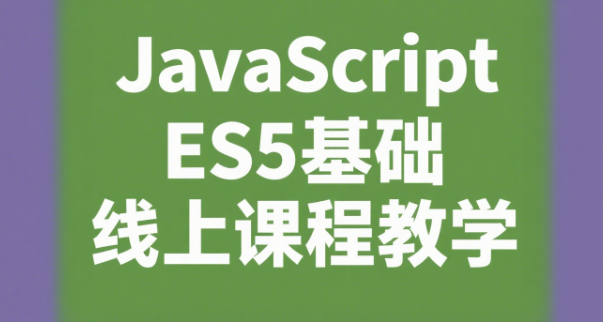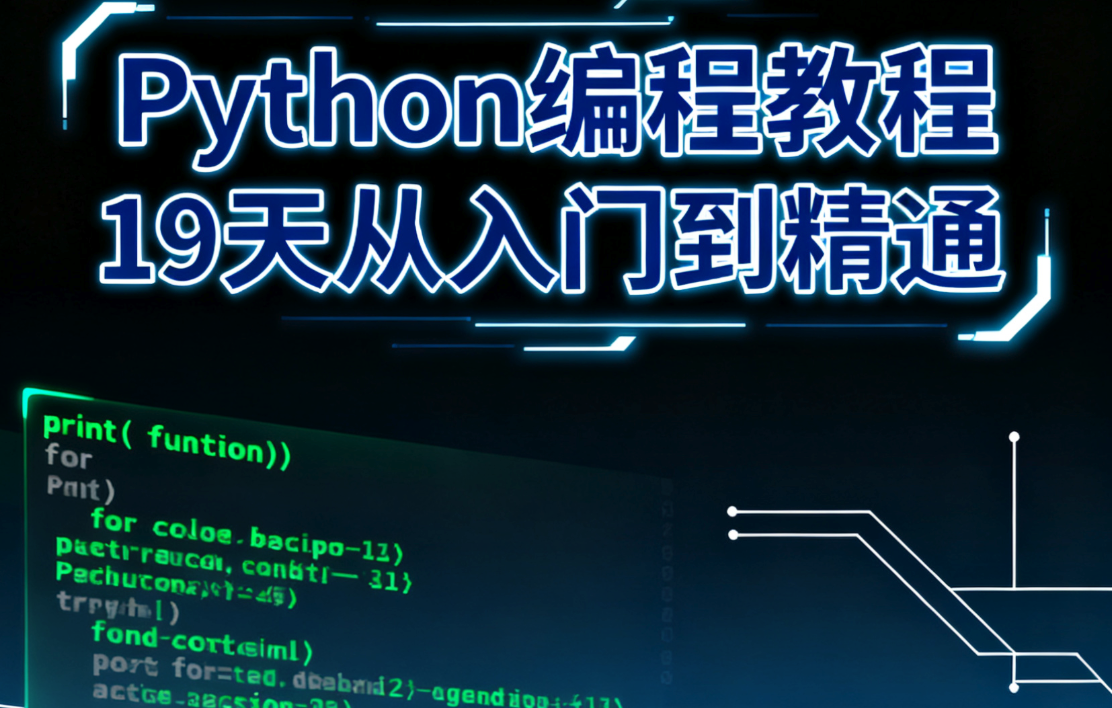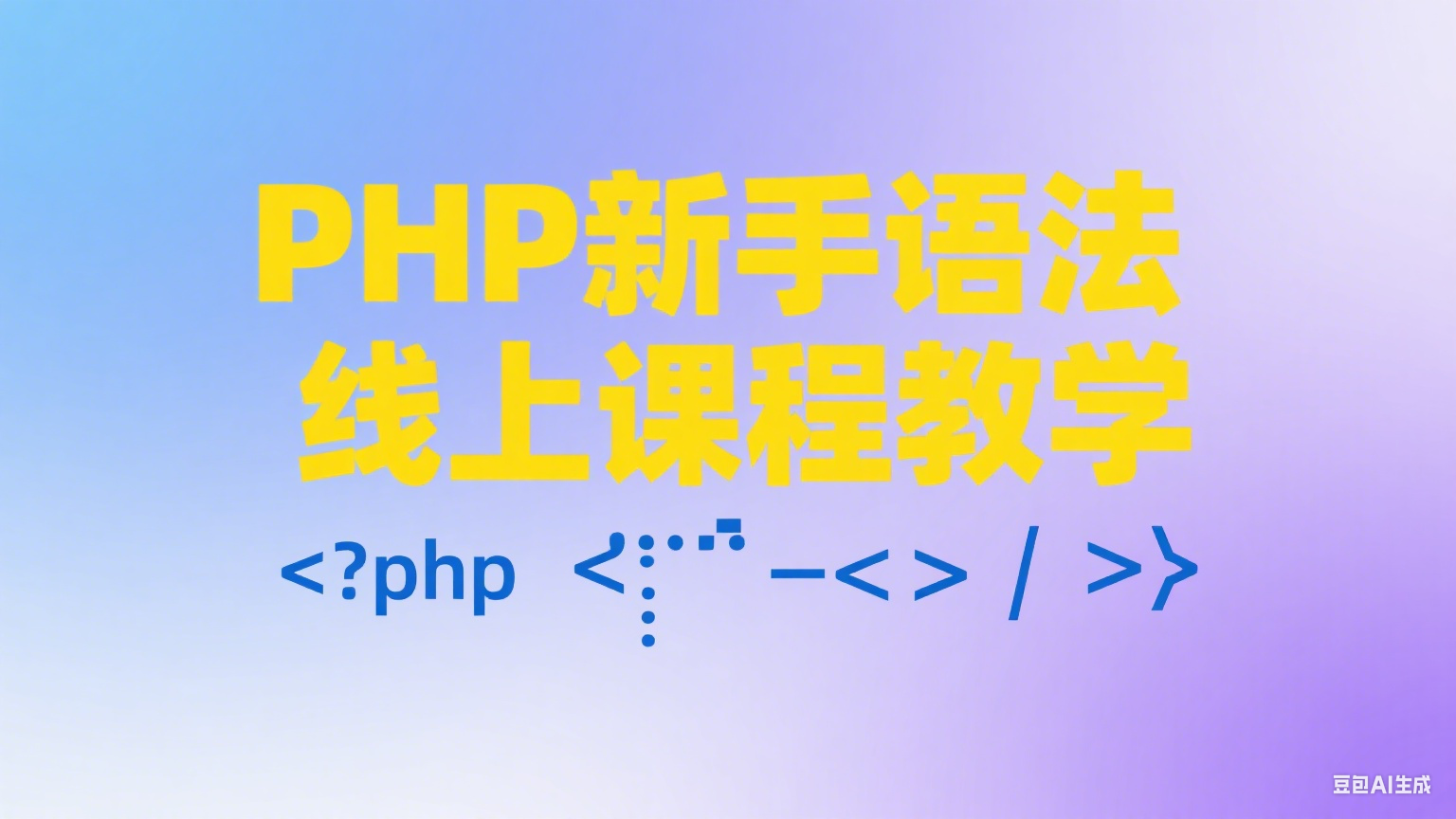使用go/ast解析并修改go代码的步骤如下:1. 导入token.fileset并用parser.parsefile获取ast根节点;2. 通过ast.inspect遍历节点查找函数或变量;3. 修改ast如添加注释后用format.node输出代码。首先,初始化token.fileset对象并解析go文件得到*ast.file对象;接着,利用ast.inspect配合类型断言识别目标结构如*ast.funcdecl或*ast.valuespec以实现分析或提取信息;最后,对ast进行修改如插入新语句后调用format.node将结果写回文件。注意事项包括确保fileset唯一性、正确处理parsefile参数及手动保存修改内容。

解析Go代码时,
go/ast
go/parser
go/token

准备工作:导入必要的包并设置token.FileSet
在开始解析之前,你需要一个
token.FileSet

fset := token.NewFileSet()
然后用
parser.ParseFile
立即学习“go语言免费学习笔记(深入)”;
file, err := parser.ParseFile(fset, "example.go", nil, parser.AllErrors)
if err != nil {
log.Fatal(err)
}这样就得到了一个
*ast.File

遍历AST:查看函数定义和变量声明
AST 构建完成后,下一步通常是遍历它来查找特定结构,比如函数定义、变量声明等。可以使用
ast.Inspect
例如,想找出所有函数名:
ast.Inspect(file, func(n ast.Node) bool {
if fn, ok := n.(*ast.FuncDecl); ok {
fmt.Println("Found function:", fn.Name.Name)
}
return true
})如果你想找到所有的变量声明:
ast.Inspect(file, func(n ast.Node) bool {
if v, ok := n.(*ast.ValueSpec); ok {
for _, name := range v.Names {
fmt.Println("Found variable:", name.Name)
}
}
return true
})这种方式适用于大多数结构化分析任务,比如静态分析工具、代码生成器等。
修改AST:重写部分结构并输出回代码
除了分析之外,你还可以对 AST 进行修改,然后将其重新格式化为 Go 代码。比如给某个函数添加一行注释:
- 找到目标函数节点
- 创建新的注释组
- 插入到函数体开头
- 使用 输出结果
format.Node
登录后复制
示例步骤如下:
- 找到函数:
var targetFunc *ast.FuncDecl
ast.Inspect(file, func(n ast.Node) bool {
if fn, ok := n.(*ast.FuncDecl); ok && fn.Name.Name == "MyFunc" {
targetFunc = fn
}
return true
})- 添加注释:
if targetFunc != nil {
comment := &ast.Comment{Text: "// This is a new comment"}
targetFunc.Body.List = append([]ast.Stmt{
&ast.ExprStmt{X: &ast.CallExpr{
Fun: &ast.Ident{Name: "println"},
Args: []ast.Expr{
&ast.BasicLit{Value: `"added statement"`},
},
}},
}, targetFunc.Body.List...)
}- 输出修改后的代码:
err := format.Node(os.Stdout, fset, file)
if err != nil {
log.Fatal(err)
}这种方法适合做自动化的代码重构或者插桩调试等操作。
常见问题与注意事项
-
文件集(FileSet)必须复用:同一个解析过程中要用同一个 ,否则位置信息会错乱。
token.FileSet
登录后复制 -
ParseFile 的参数要注意:第三个参数可以是已有的内容(如字节切片或字符串),如果传 则会从文件路径读取。
nil
登录后复制 -
AST节点类型很多,记得断言正确类型:不同结构对应不同的 AST 类型,比如函数是 ,变量声明是
*ast.FuncDecl
登录后复制。*ast.ValueSpec
登录后复制 -
修改 AST 后不会自动保存回文件:必须手动用 写出内容,再保存到文件。
format.Node
登录后复制
基本上就这些。理解了 AST 的构建和基本遍历方式后,就能做一些比较复杂的代码处理任务了。
以上就是Golang的go/ast库如何解析Go代码 讲解抽象语法树的构建与分析的详细内容,更多请关注php中文网其它相关文章!

每个人都需要一台速度更快、更稳定的 PC。随着时间的推移,垃圾文件、旧注册表数据和不必要的后台进程会占用资源并降低性能。幸运的是,许多工具可以让 Windows 保持平稳运行。

-
2025-11-04 16:19:33
-
2025-11-04 16:17:55
-
2025-11-04 16:16:02
-
2025-11-04 16:16:02
-
2025-11-04 16:14:02
-
2025-11-04 16:12:25
-
2025-11-04 16:11:14
-
2025-11-04 16:11:02
-
2025-11-04 16:11:02
-
2025-11-04 16:10:03
-
 golang socket 编程883次学习
golang socket 编程883次学习 收藏
收藏
-
 golang和swoole核心底层分析1203次学习
golang和swoole核心底层分析1203次学习 收藏
收藏
-
 Golang深入理解GPM模型14101次学习
Golang深入理解GPM模型14101次学习 收藏
收藏


























